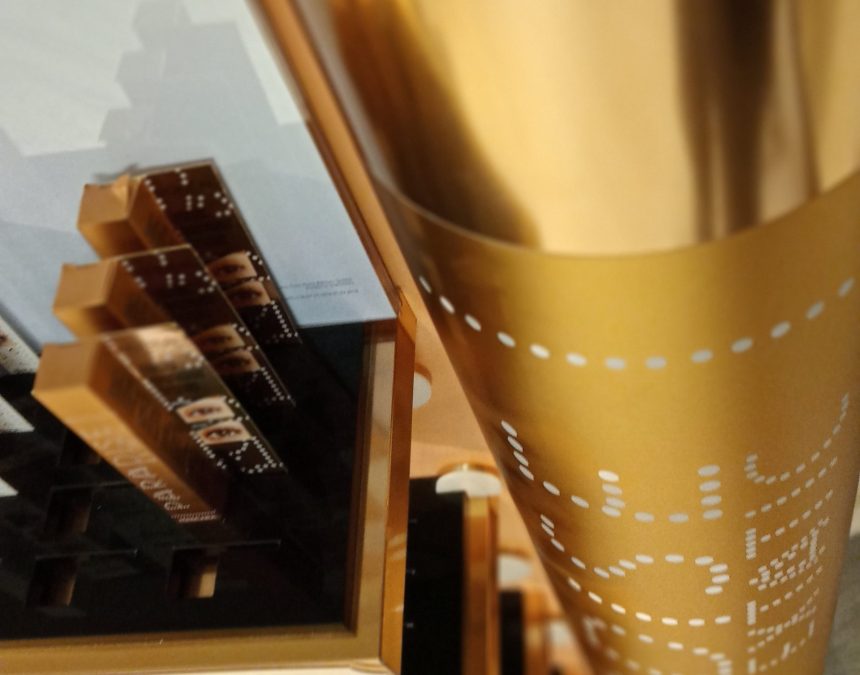Freestanding display units (FDUs) have become a cornerstone of retail marketing strategies, helping brands and retailers boost product visibility and increase sales. These versatile fixtures are strategically placed in high-traffic areas of stores to capture consumer attention and drive impulse purchases. This article explores the various ways FDUs have successfully increased product sales, supported by real-world examples and research findings.
1. Enhanced Visibility and Brand Awareness
FDUs are designed to stand out, making products more visible to shoppers. Placed at key locations such as store entrances, aisle ends, and checkout areas, these displays catch the eye of consumers, prompting them to consider products they might have otherwise overlooked.
Example:
A study conducted by the Point of Purchase Advertising International (POPAI) found that FDUs can increase product visibility by up to 44%. Brands like Coca-Cola have leveraged this by placing brightly colored FDUs in high-traffic zones, significantly boosting brand recall and driving impulse buys.
2. Targeted Promotions and Thematic Displays
FDUs offer a flexible platform for promoting seasonal products, special offers, and new launches. They can be customized to reflect current promotions, holidays, or brand themes, aligning with marketing campaigns and enhancing the overall shopping experience.
Example:
Procter & Gamble (P&G) effectively used thematic FDUs during the holiday season to promote their range of gift packs. Positioned near store entrances and in high-traffic aisles, these displays resulted in a 30% increase in sales for the featured products during the campaign period.
3. Impulse Buying and Cross-Selling Opportunities
FDUs are strategically placed to capitalize on impulse buying behavior. By positioning complementary products together, retailers can encourage cross-selling, boosting the sales of multiple items simultaneously.
Example:
Walmart’s placement of snack FDUs near the beverage aisle is a prime example. By displaying chips and other snacks alongside popular beverages, Walmart successfully increased sales for both categories. This strategic placement resulted in a 20% uplift in snack sales.
4. Interactive and Engaging Shopping Experience
Modern FDUs are increasingly incorporating interactive elements such as digital screens, QR codes, and product samples. These features engage shoppers, provide additional product information, and encourage them to make a purchase.
Example:
Sephora has integrated interactive FDUs in their stores, allowing customers to try out products, watch tutorials, and read reviews. This interactive approach not only enhances the shopping experience but also led to a 25% increase in sales for featured products.
5. Cost-Effective Marketing Tool
Compared to traditional advertising methods, FDUs offer a cost-effective way to promote products directly at the point of sale. They require a one-time investment but can be used repeatedly with different products and promotions, providing long-term value.
Example:
A study by Nielsen found that FDUs can generate a return on investment (ROI) of up to 200%, making them a highly efficient marketing tool for retailers. Brands like Unilever have capitalized on this by using FDUs for various product lines, resulting in sustained sales growth over time.
6. Data-Driven Optimization
Retailers and brands are increasingly using data analytics to optimize the placement and design of FDUs. By analyzing foot traffic patterns and sales data, they can strategically position FDUs to maximize impact.
Example:
Kroger uses advanced data analytics to determine the best locations for FDUs within their stores. This data-driven approach has led to a 15% increase in sales for products featured in optimized FDUs.
Conclusion
Freestanding display units have proven to be a powerful tool in the retail arsenal, enhancing product visibility, driving impulse purchases, and providing a versatile platform for targeted promotions. Through strategic placement and innovative design, brands and retailers can leverage FDUs to significantly boost product sales and improve the overall shopping experience. As consumer behavior continues to evolve, the role of FDUs in retail strategy is likely to grow, offering new opportunities for engagement and sales growth.


